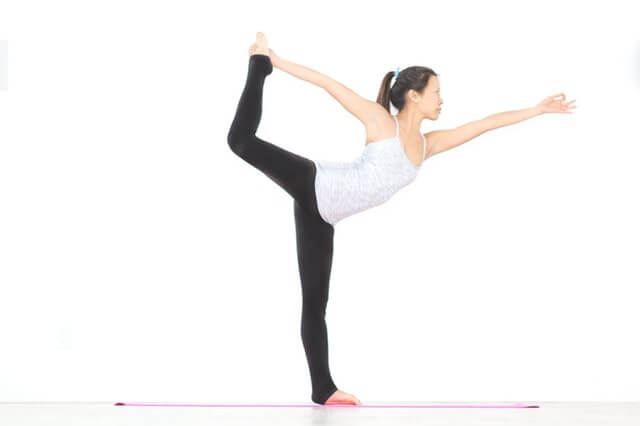Want to move more efficiently? You need to learn about levers.
In the third century BCE, the Greek mathematician, physicist, and engineer Archimedes is said to have uttered the phrase, “Give me a place to stand, and I shall move the earth.”
No, he was not claiming to have super strength.
He was talking about levers.
The ancient concept of levers has made so much of the technology, architecture, and simple conveniences that we see and use today possible. From a simple pair of scissors to the most complicated piece of construction equipment, levers have played a big part in building our world.
But did you know that your body uses levers to function, too? Without them, your body wouldn’t be able to move. Understanding how your body’s levers work can actually make your movements more efficient.
The 3 Classes of Levers
Essentially every muscle, ligament, and bone in the body forms part of a lever, and the nervous system acts as the activator of the lever as it interprets the sensation of pressure.. There are three types or classes of levers: first-class, second-class, and third-class levers. In first-class levers, the fulcrum or axis lies between the resistance and the force that moves the lever. Think of a teeter-totter. The “downward pressure” on one end allows the “upward lift” on the other end. This is how we are able to walk. Stand with your feet parallel to each other and in a wide stance. Keep your knees straight as you lift the right heel from the ground, not the foot, just the heel. Feel the concurrent downward pressure in the left foot as the right heel lifts. If the brain does not sense that this downward pressure is available (usually because of pain) it will not let you lift the right foot from the floor. Or if you do, it will be really fast and will look like you are limping.
Another example of a first-class lever occurs in your head. You are able to move your head because the muscles in your neck pull against the resistance of gravity around the fulcrum of your cervical spine. When your head is upright, it not only can move more efficiently, i.e. less wear and tear on the joints, but you will have better range of movement. Try this. As you are sitting upright and tall with eyes looking straight ahead, “slouch”, letting you lower spine round and feel how you roll back on your sit bones. Notice how your eyesight drifts below the horizon line and the entire head is forward of your middle back or spine. Stay there. Look over your right shoulder, then your left shoulder, several times. Take notice of how far you can see around you and how that feels in your neck or upper back. Now to sit up tall, first roll forward on your sit bones so that the roundness of your lower spine is less. Notice how the head changes its position and you are “sitting upright and tall”. Now turn the head and look to the right. Maybe the right shoulder can follow the head, turning to the right as well. Do you go farther? Try turning the head to the left, allowing the left shoulder to follow the head. Is there less pain, and compression feeling and more range of movement? The teeter-totter movement is occurring vertically between the pelvis and the head as opposed to horizontally when we are walking. As the head is aligned over the top of the pelvis, less effort is needed from the muscles of the upper back and neck to move the head.
In second-class levers, the resistance is located between the fulcrum and the force. Second-class levers are less common than first-class levers in the body, but they do exist. For example, when you are reaching up to get something off of the top shelf and you need to stand on the tips of your toes to get that item, you are using a second-class lever. The resistance is located near the arch of your foot, between the axis of your toes and the force of your calf muscle.
Third-class levers abound in the body. When you hold something in both of your hands, bending at the elbows, you are using a third-class lever. Here the force of your bicep, which attaches to the bone in your forearm, lies between the fulcrum of your elbow and the resistance of the object you are holding.
Knowing How to Use Your Levers and Move More Efficiently
When we move, we often create more resistance than is necessary, especially if there has been a history of falls or injuries. When alignment within the joints is altered, unconscious patterns of movement are markedly altered and create even more resistance and repetitive wear and tear. Thinking of your body as a conglomeration of levers that work in conjunction with one another, via commands from the nervous system, can help you move more efficiently. Our bodies are not machines. We are a collection of living cells that work together to make up systems that allow us the potential to move with ease, and even elegance. Understanding of natural law – the Universal order underlying all things in our world- from lever arms, gravity and center of mass, provides a master blueprint of how nature interacts with the body and how the different dimensions of our being impact each other.
Understanding the potency of how to consciously activate the nervous system can go a long way in changing movement habits and strain and wear is less likely to occur. However, no two bodies are the same, which makes it difficult to create a one-shot solution for everyone. To find where your inefficiencies are, it’s best to meet one-on-one with a professional.
Want more tips to help you move more efficiently? Take a look through my other blog posts here.

